Need a grant for LED upgrades or
voltage optimisation? (read more)

Need a grant for LED upgrades or
voltage optimisation? (read more)


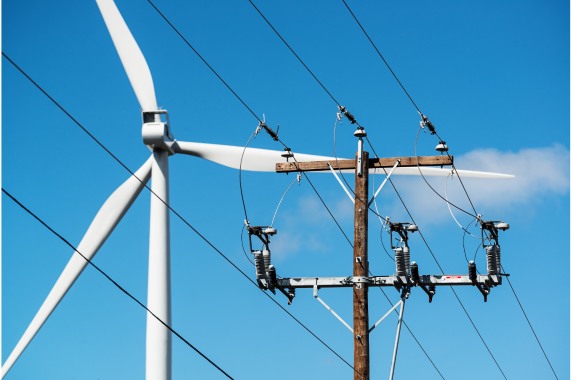

Renewable energy integration is the process of connecting renewable energy sources to the electricity grid and managing their variable output in a way that ensures a reliable and affordable supply of electricity.
Powervolt Team is a leading provider of renewable energy integration services for UK businesses. We help businesses to reduce their carbon footprint, save money on their energy bills, and improve their sustainability credentials by integrating renewable energy sources into their national grid power supply.

Renewable energy sources, such as solar and wind power, are essential to our transition to a clean energy future, reducing our dependence on fossil fuels. However, these sources are intermittent, meaning that they do not generate electricity all the time. This can make it challenging to integrate them into the electricity grid.
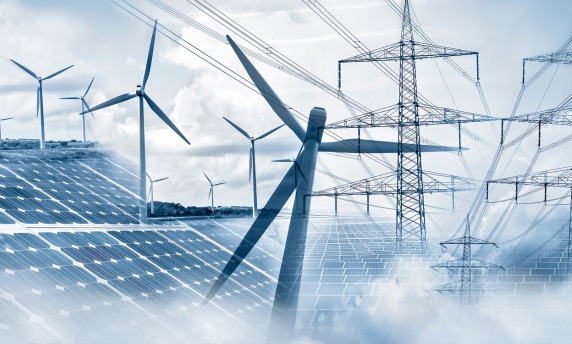

Powervolt Team is the preferred choice in the UK for energy solutions. Specializing in voltage optimisation, LED lighting, renewable energy, and more, we offer expertise, customized services, and a commitment to sustainability. Choose us for innovative and efficient energy management.








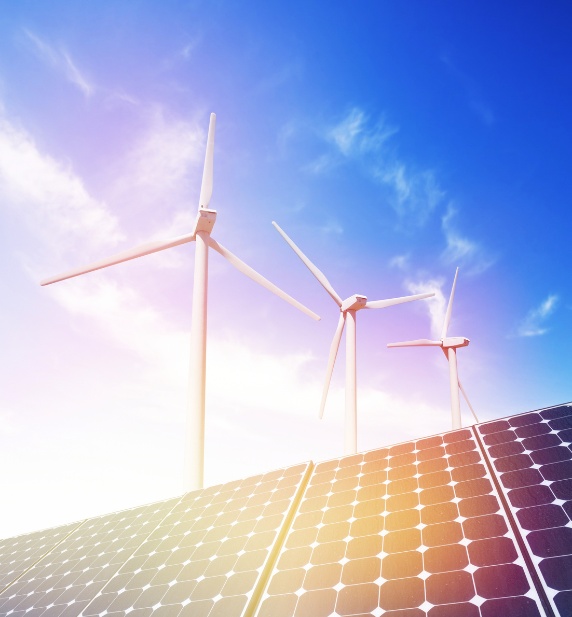

Variable renewable energy refers to energy sources that are dependent on natural factors and can vary in their output over time. Here are the key players in this area:

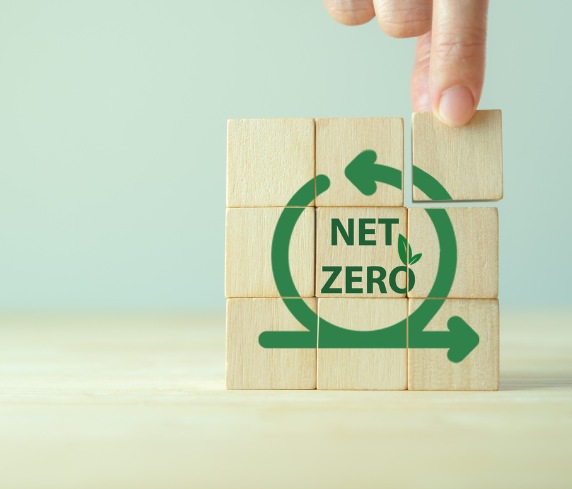

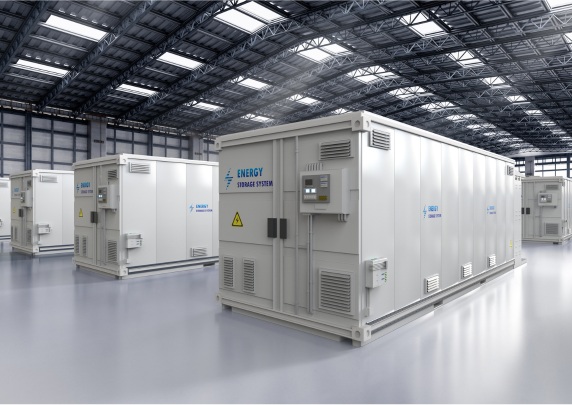


Powervolt Team is the preferred choice in the UK for energy solutions. Specializing in voltage optimisation, LED lighting, renewable energy, and more, we offer expertise, customized services, and a commitment to sustainability. Choose us for innovative and efficient energy management.












Renewable energy sources in the UK, such as wind, solar, and hydro, are integrated into the existing power grid through various technologies and grid upgrades. This integration often requires advanced grid management and storage solutions to handle the variable nature of renewable energy and maintain grid stability.
Battery storage plays a crucial role in the UK's renewable energy integration by storing excess energy generated during peak production times and releasing it when demand is high or generation is low. This technology helps in balancing the grid and mitigating the intermittency issues associated with renewable sources like solar and wind.
Households and businesses in the UK can participate in renewable energy integration by installing solar panels, investing in wind turbines, or joining community renewable energy projects. They can also opt into green energy tariffs offered by many energy suppliers, which support the growth of renewable energy in the country.
The UK government offers various incentives for renewable energy investments, including grants, feed-in tariffs, and the Renewable Heat Incentive (RHI). These programmes are designed to reduce the financial burden of adopting renewable technologies and encourage both individuals and businesses to contribute to the nation's green energy transition.